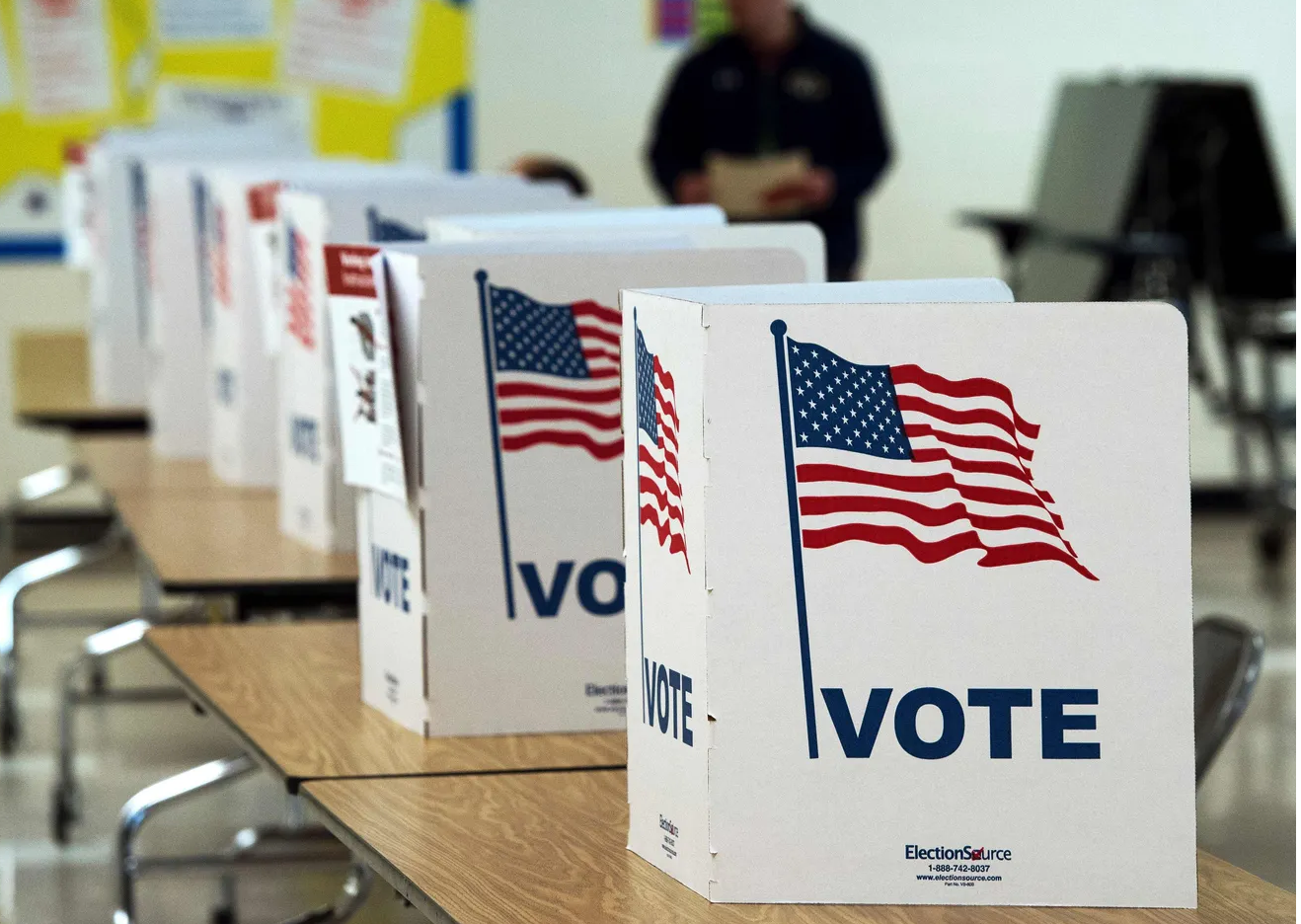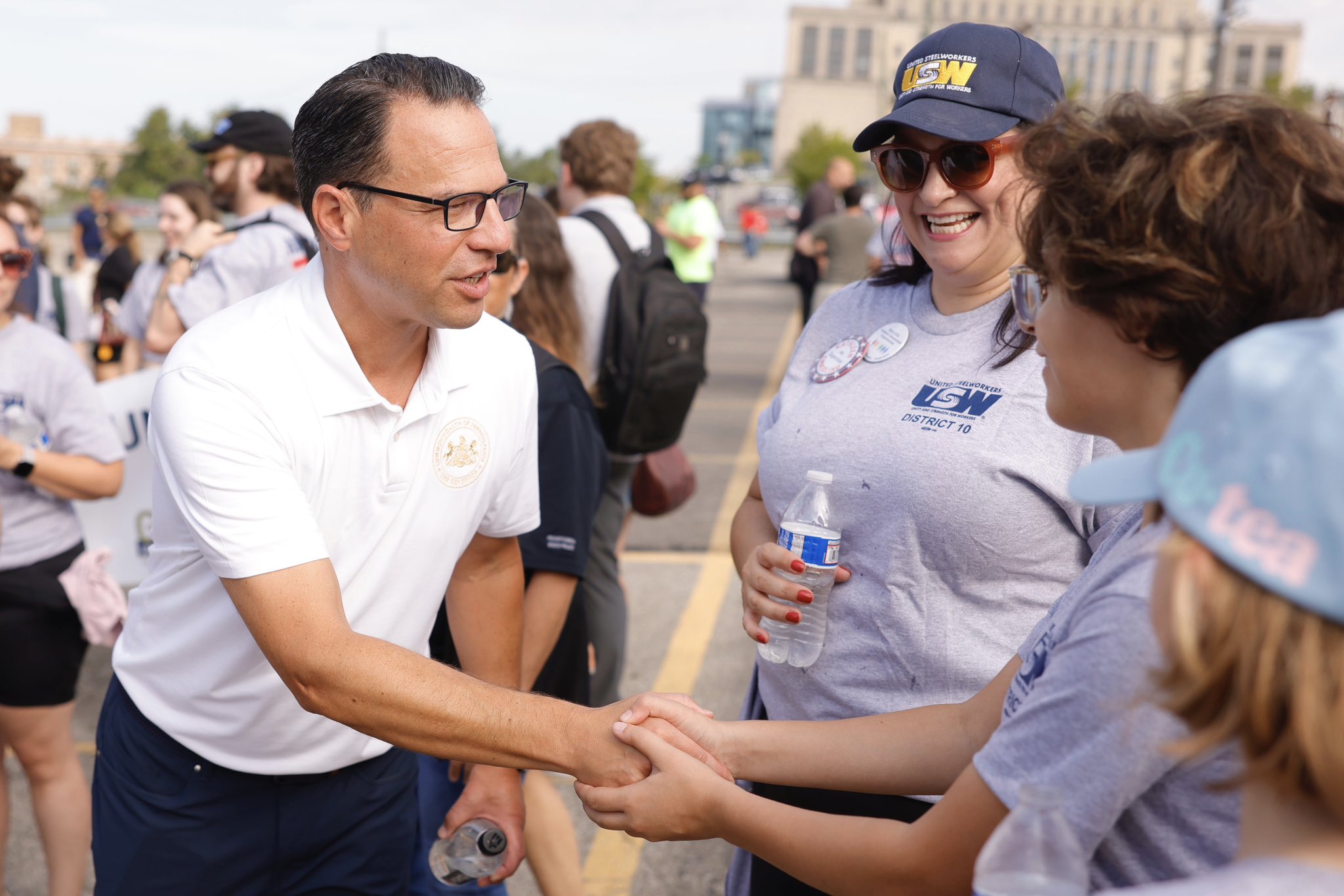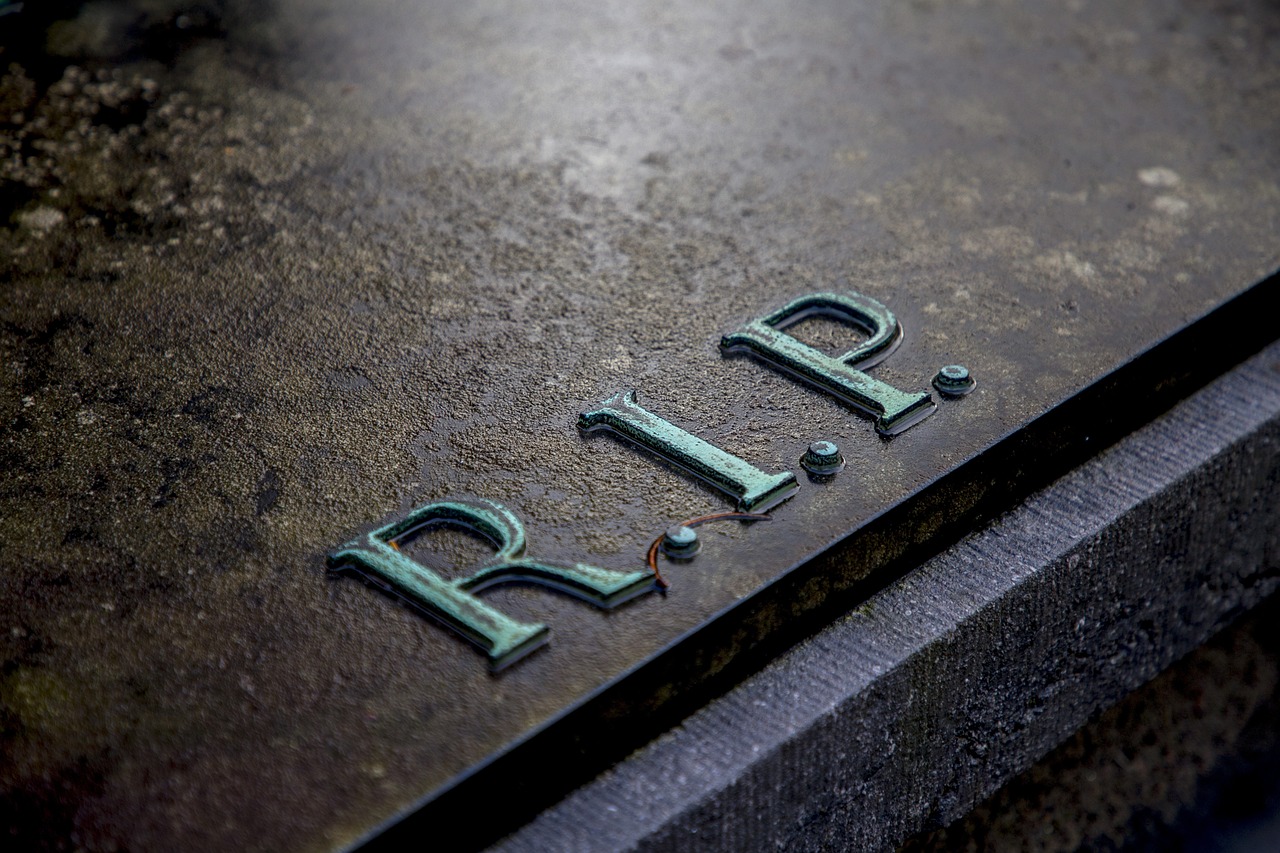
New York City moves a step closer to allowing noncitizens to vote in its elections
The policy was once commonplace for white landowners regardless of citizenship in the early days of the U.S.
As the push for a clear pathway to citizenship for all undocumented immigrants forges ahead in D.C, New York City is now one step closer to granting noncitizens the right to vote in local elections.
Since the early 2000s, NYC activists have been working to extend the right to vote for noncitizens. There were prior legislation attempts in 2009 and again in 2013, but the efforts weren’t able to gain the necessary political momentum to come to fruition.
The latest version of the bill was reintroduced last winter by NYC Council Member Ydanis Rodíguez, an immigrant from the Dominican Republic. In June, the bill received its 34th co-sponsor, giving it a supermajority on the 51-member council.
A bill to enfranchise some 900,000 immigrants has supermajority support on the NYC city council. The presumptive next mayor Eric Adams is also a vocal supporter of the legislation. I wrote about non-citizen voting in New York, nationally & historically: https://t.co/TIbS3F91Xm
— Rachel Cohen (@rmc031) July 14, 2021
This bill is limited to permanent residents and those with work authorizations, such as those with Temporary Protected Status (TPS) or under the Deferred Action for Childhood Arrivals (DACA) program. It would enfranchise about 900,000 noncitizen New Yorkers, offering a major advantage in the national movement to expand ballot access to immigrants.
Bills with supermajority support are guaranteed a public hearing within 60 days, and while no date has been announced, activists are working to get it on the calendar soon.
Paul Westrick, manager of democracy policy at the New York Immigration Coalition (NYIC), told The Intercept that the hearing will likely take place in August.
Westrick explained that the city council typically doesn’t meet for hearings in July or August, but “rules are rules,” and NYIC is in conversation with the office of Speaker Corey Johnson.
Activists intend to ramp up pressure for passing the bill into law over the next six months, as the legislative season ends in December.
Texas Republicans are seeking to abridge Texans’ fundamental right to vote. Texas Democrats are showing Congress and the American people what’s at stake.
— James E. Clyburn (@WhipClyburn) July 20, 2021
It was a privilege to hear from them today. We've got to channel their urgency and act to protect our democracy. pic.twitter.com/rvoGh4pjNJ
Two polls from the left-leaning firm Change Research found that many New Yorkers are in support of the legislation. The poll conducted this year found 65% of respondents in support.
Last year’s Change Research poll showed that New Yorkers were even more supportive of the bill when they found out how many immigrants would be positively impacted.
“It seems like less of a special privilege given to the few as opposed to a large group of people living in New York City,” the pollsters concluded.
Westrick told The Intercept that NYIC has been reminding community members that NYC in particular is a “quintessential city of immigrants,” many of whom have been putting their lives at risk as essential workers throughout the pandemic.
“That really helped people understand how many others were shut out of the voting process,” he said.
"The white paper, titled "Dignity, Community and Power: A 2021 Vision for NYC's Immigrant Communities," urges candidates to expand voting rights in municipal elections to include noncitizens regardless of immigration status" https://t.co/X5rTIPOd9U
— Americans for Citizen Voting (ACV) (@ForAcv) March 5, 2021
The practice of allowing noncitizens to vote was once commonplace at local, state and even federal levels. For the first 150 years of American history, white male property owners, regardless of citizenship status, had the right to vote.
Political scientist Ron Hayduk and anthropologist Kathleen Coll documented this history in the journal New Political Science. Voting was used as a tactic to foster civic attachment among the new white Christian men who arrived in the country during the 17th and 18th centuries and to entice them to occupy Native lands.
RELATED CONTENT
That changed during and after the War of 1812, as malevolence and aggression towards foreigners increased, leading some states to restrict noncitizen voting access. Following WWI, even more states eliminated the practice, with Arkansas becoming the final state to end it in 1926.
Noncitizens were not officially banned from voting in federal elections until 1996, when Congress passed the Illegal Immigration Reform and Immigrant Responsibility Act.
New York City was the first jurisdiction to bring the practice back, resulting from the struggle to maintain “community control” of schools. New York granted noncitizens the right to vote in school board elections, and they continued to vote in them until 2002, when the city switched to mayoral control and abolished its elected school board.
Chicago followed in its footsteps with school board voting access three decades later, and San Francisco did the same in 2016.
Ten cities in Maryland allow noncitizen voting for elections, including city council and mayor, and in two Vermont cities, any resident over the age of 18 is allowed to vote.
“People always glom onto the idea that you have to earn our right to vote by becoming a citizen,” Vermont State Rep. Hal Colson, told Stateline. “I just don’t buy that. We’re talking about a large chunk of the community that’s closed off.”
The New York City bill has a veto-proof majority on the city council and support from the presumptive next mayor, Eric Adams.
In February, Adams told New York Daily News that the city cannot thrive if immigrants don’t get a say in how the city is run.
Without the measure, Adams believes the city cannot “be a beacon to the world and continue to attract the global talent, energy and entrepreneurship.”











LEAVE A COMMENT:
Join the discussion! Leave a comment.